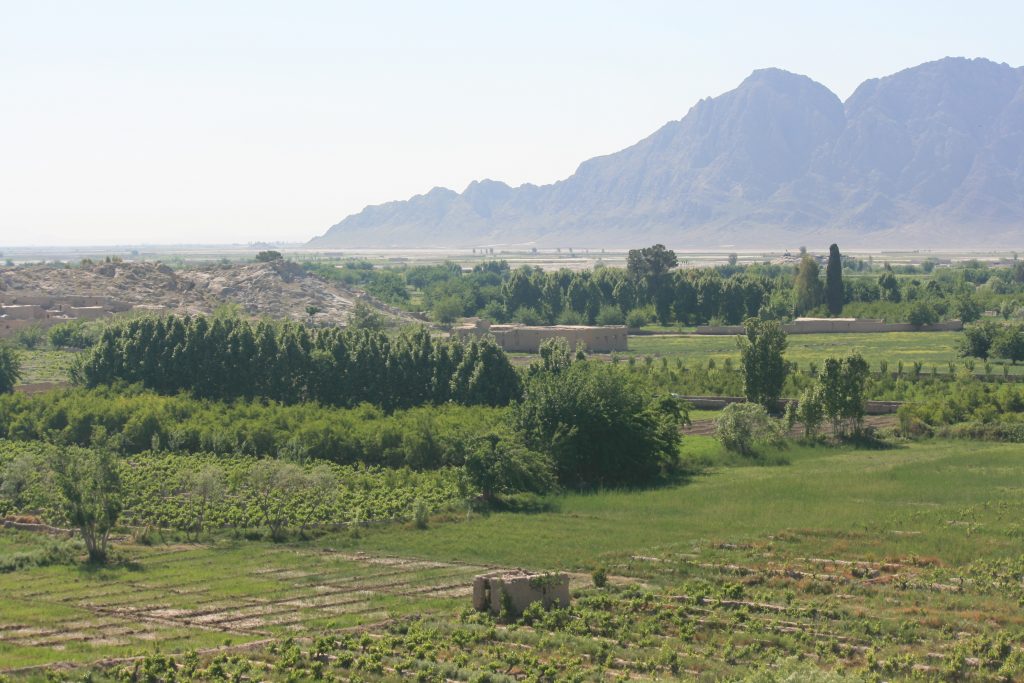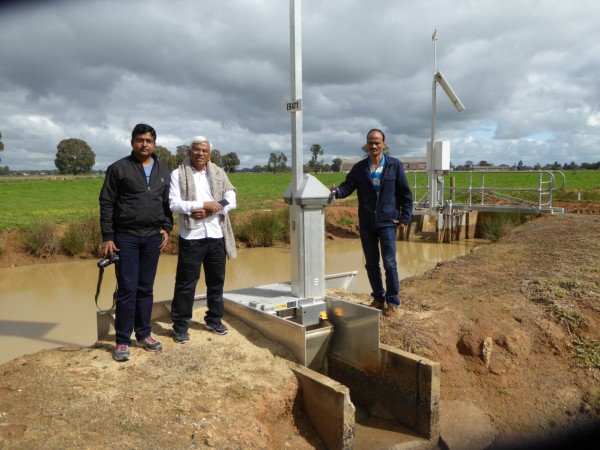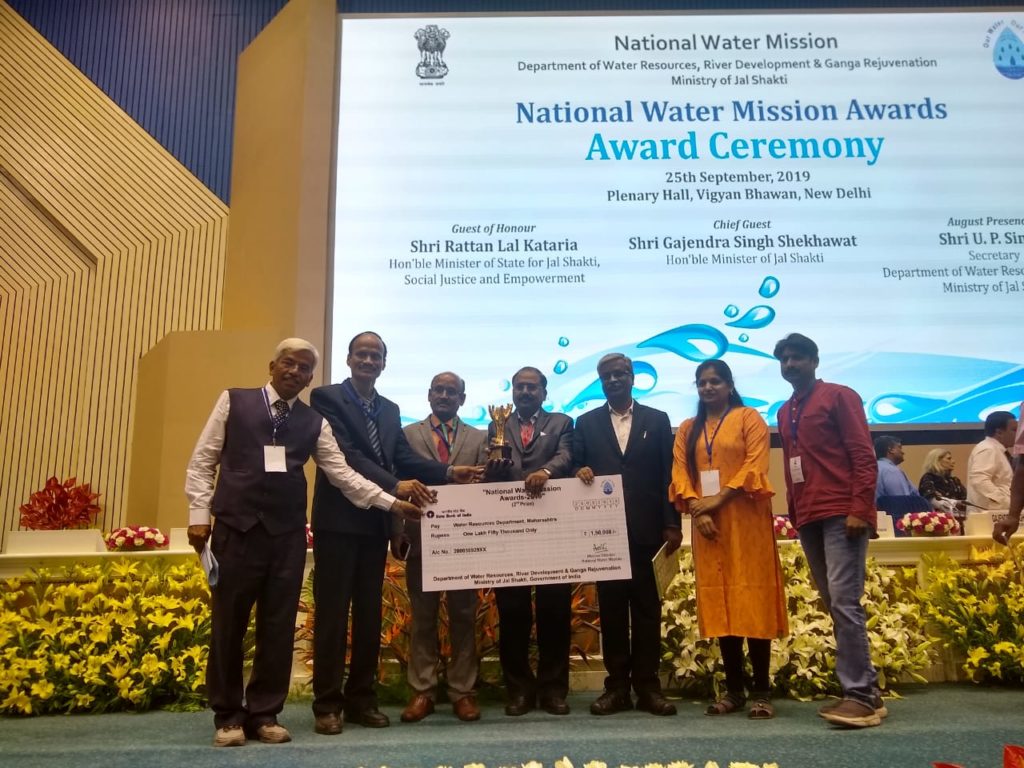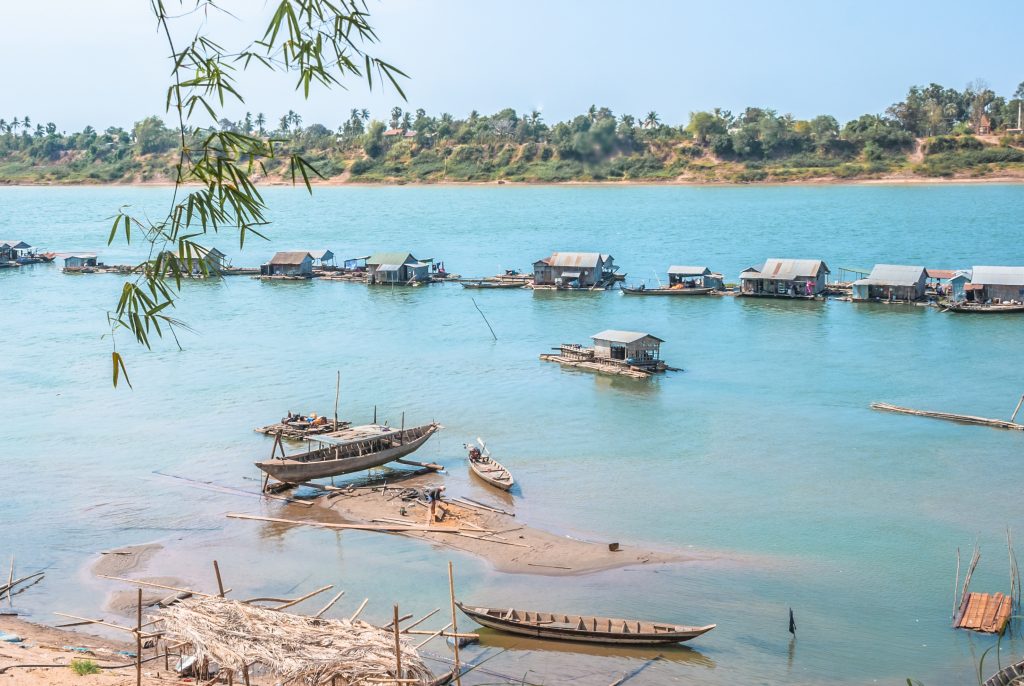A recap on MODSIM 2023
With MODSIM 2023 now done, we are taking the opportunity to recap our time at this critical conference and how important it is for modellers from a diverse range of fields to showcase the latest science and technology and how it is applied by the global water modelling and community.
Last month, Darwin played host to the 25th International Congress on Modelling and Simulation – otherwise known as MODSIM – where modellers from across Australia descended on the balmy city to talk about water modelling, including the use of emerging technologies to improve modelling practice and the use of modelling to find new solutions to solve the growing impact of climate change in our waterways and environment.
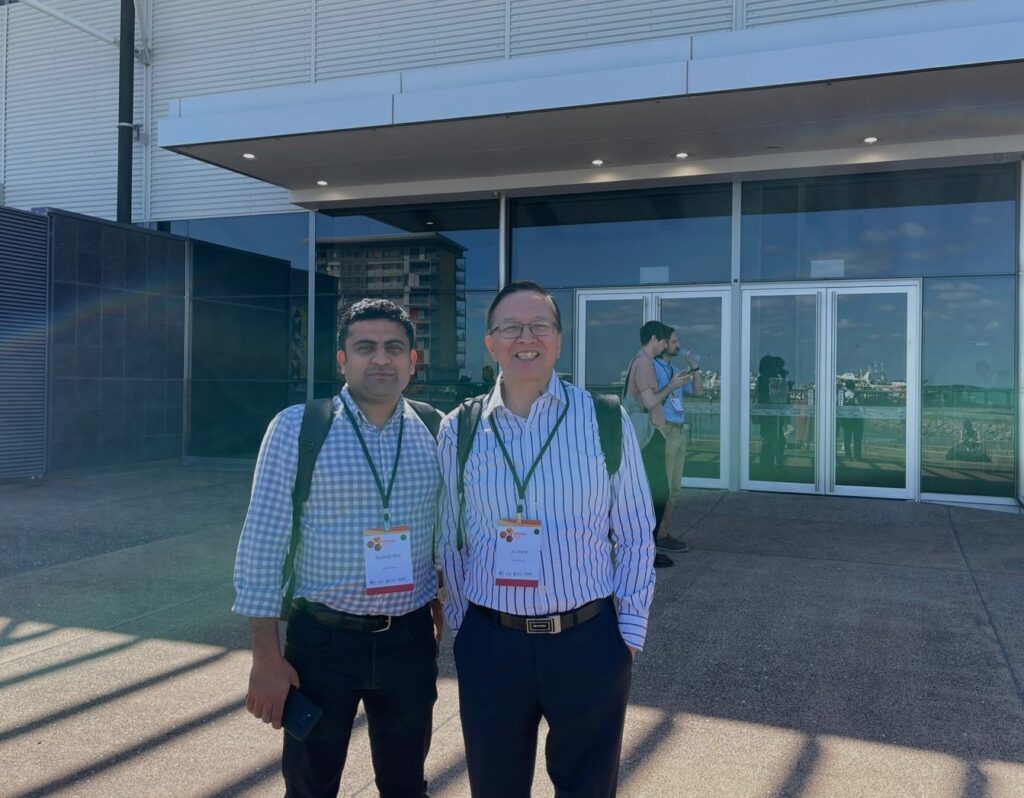
eWater Group Hydrologists, Dr Jin Wang and Sudeep Nair represented our organisation at MODSIM, where we were a sponsor, to facilitate sessions related to hydrological modelling and showcase the new functionalities of Australia’s National Hydrological Modelling Platform, eWater Source, and how it helps water managers to meet the changing needs in water resources management.
Sudeep said “it was great to see how various users unravel the many facets of eWater Source and understand how it is helping the users to achieve their objectives. We heard their experiences and feedback, which helped us to understand the strength of Source as a hydrological modelling tool and areas for potential enhancement.”
“MODSIM was also a great opportunity for us [hydrologists] to introduce eWater Source to a wider audience who were not so familiar with the tool, and a chance to update ourselves on the latest trends and techniques in water and environmental modelling.”
One of the more interesting observations from our hydrologists was from other presenters at the conference who demonstrated the versatility and agility of Source as a hydrological modelling tool and how modellers were using it for bespoke applications.
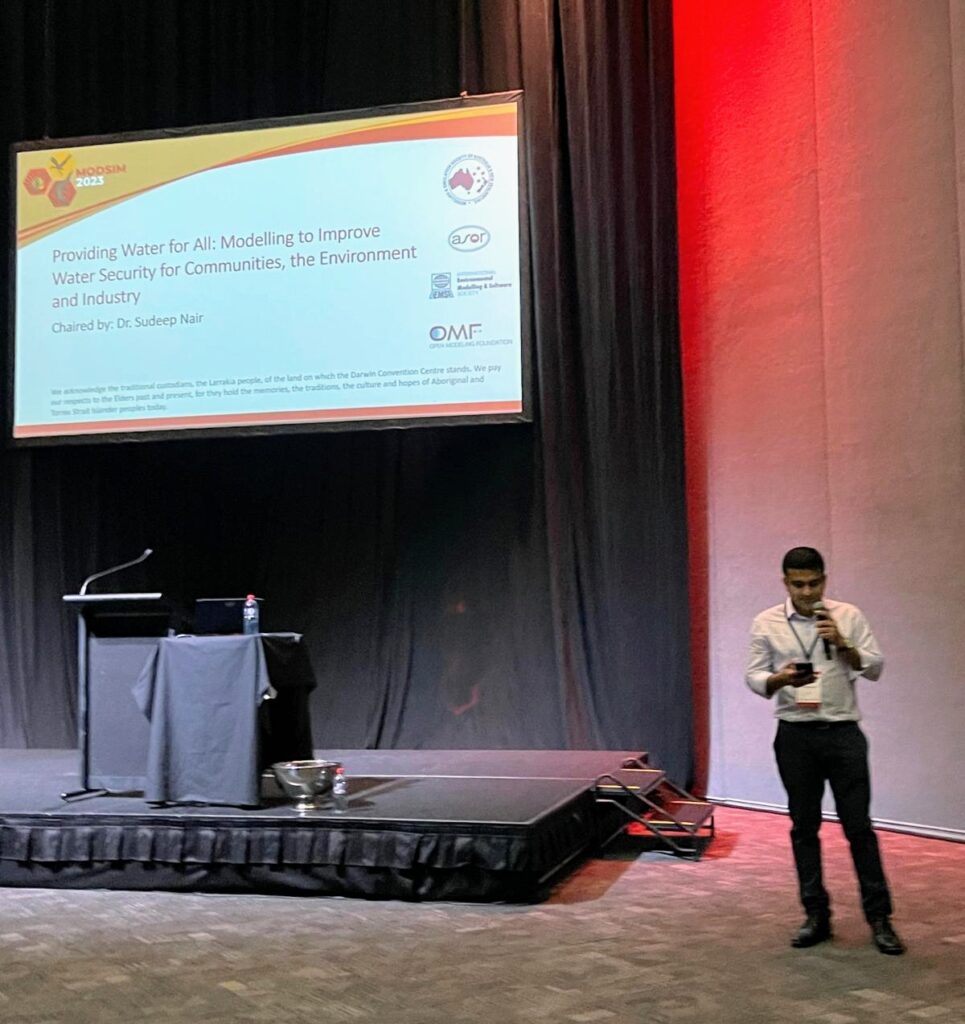
“One of the many advantages of eWater Source is that it can handle both water quantity and quality aspects and has many functionalities specific for Australian purposes,” Sudeep said.
With any science-based software and technology tools, there is also room for improvements in areas such as stability, accuracy, and performance improvements, and eWater Group is diligent in improving our software platforms to enable our owners, partners and water experts have an enriched user experience.
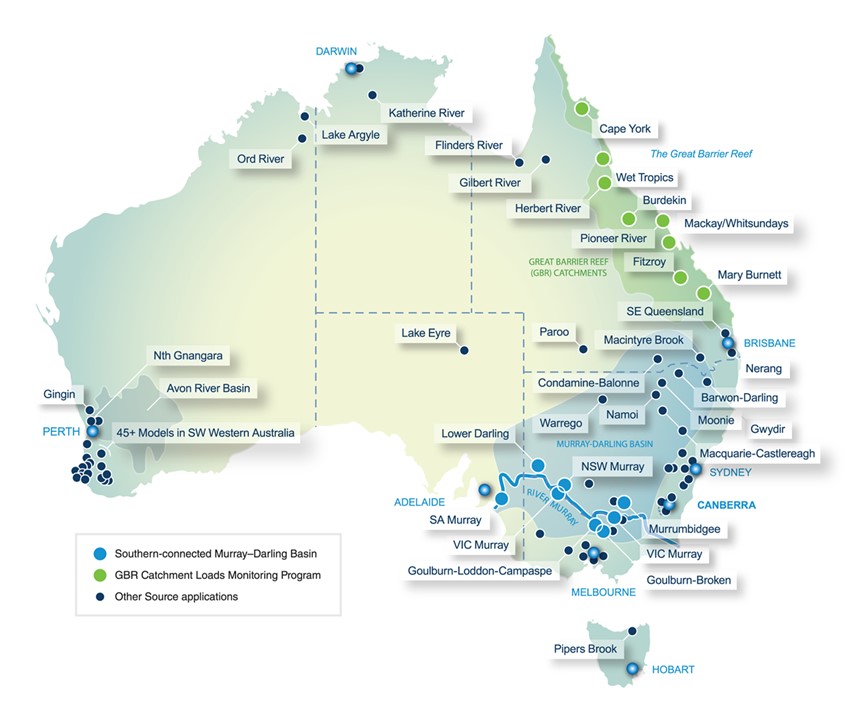
For our hydrologists, Dr Wang and Sudeep Nair, MODSIM provided a great back drop to generate interest and discussion on hydrologically modelling methods in general and eWater Source in particular.
Both Sudeep and Dr Wang co-presented a session with Rachael Holden from Power and Water Cooperation: Providing Water for All: Modelling to Improve Water Security for Communities, the Environment and Industry, which helped spearhead conversations on the impact of water modelling to inform decision-makers and the role of eWater Source.
To read the full abstract from Sudeep Nair > https://lnkd.in/eDzNiybjhttps://ewater.org.au/3443-2/ and for Samira Azadi (who was unfortunately a last-minute cancellation) > https://ewater.org.au/3443-2/.
Conferences like MODSIM play a significant role in the water space. It is an avenue for learning, networking, and informing of the latest research and modelling outcomes in Australia and beyond; and an important opportunity for eWater Group and our people to showcase who we are and what we are doing to address the new challenges in the hydrological modelling realm.
Who are we?
eWater Group is owned by the Australian Federal, State and Territory governments to further develop Australia’s world-class modelling tools and to provide support and training nationwide and internationally.
Our organisation is comprised of three divisions – eWater Solutions, the Australian Water Partnership and the Mekong Water Solutions to deliver water management solutions for communities in Australia and overseas.
We also partner with the Australian Department of Foreign Affairs and Trade, and research groups and institutions to provide expertise and support for sustainable water management solutions in Australia and internationally, now and into the future.

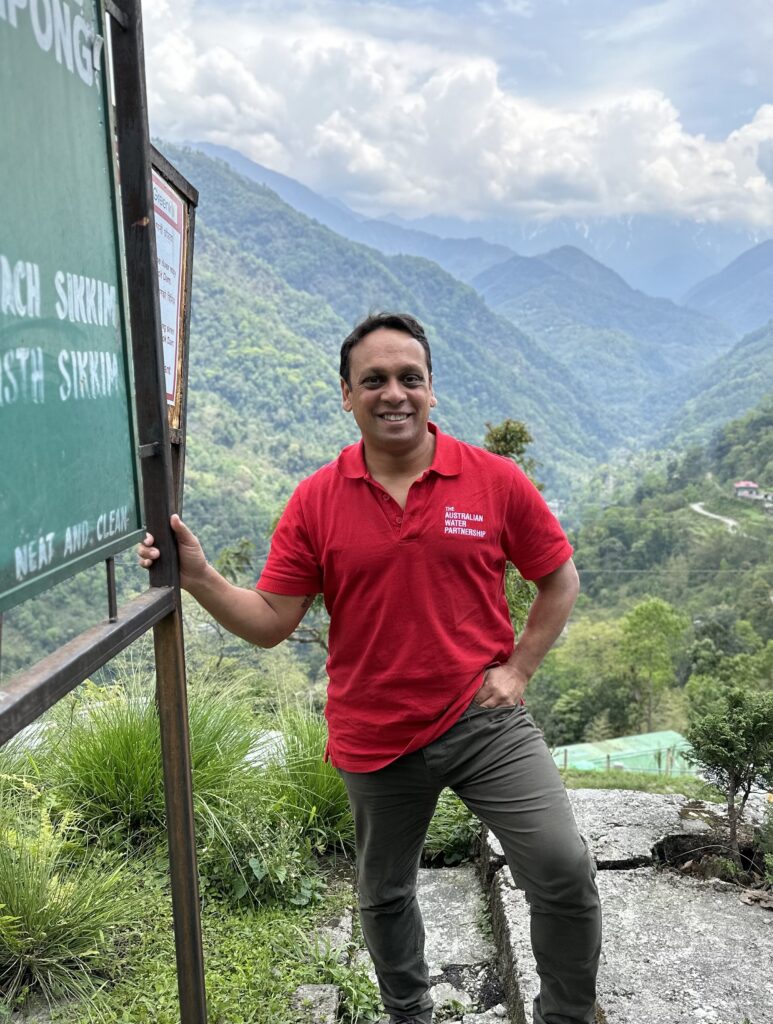
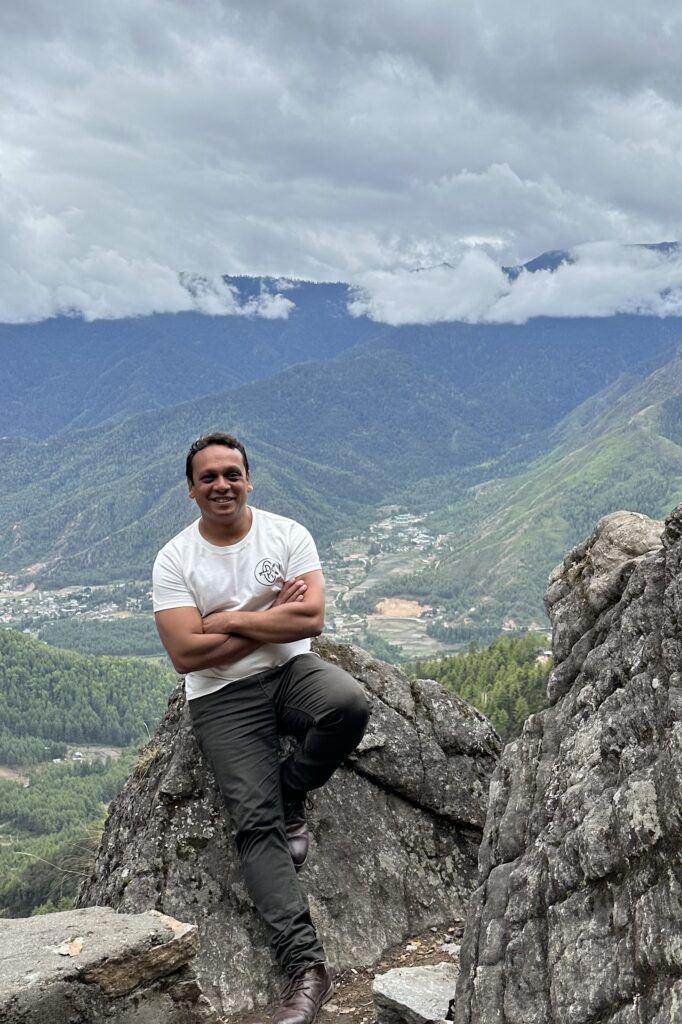
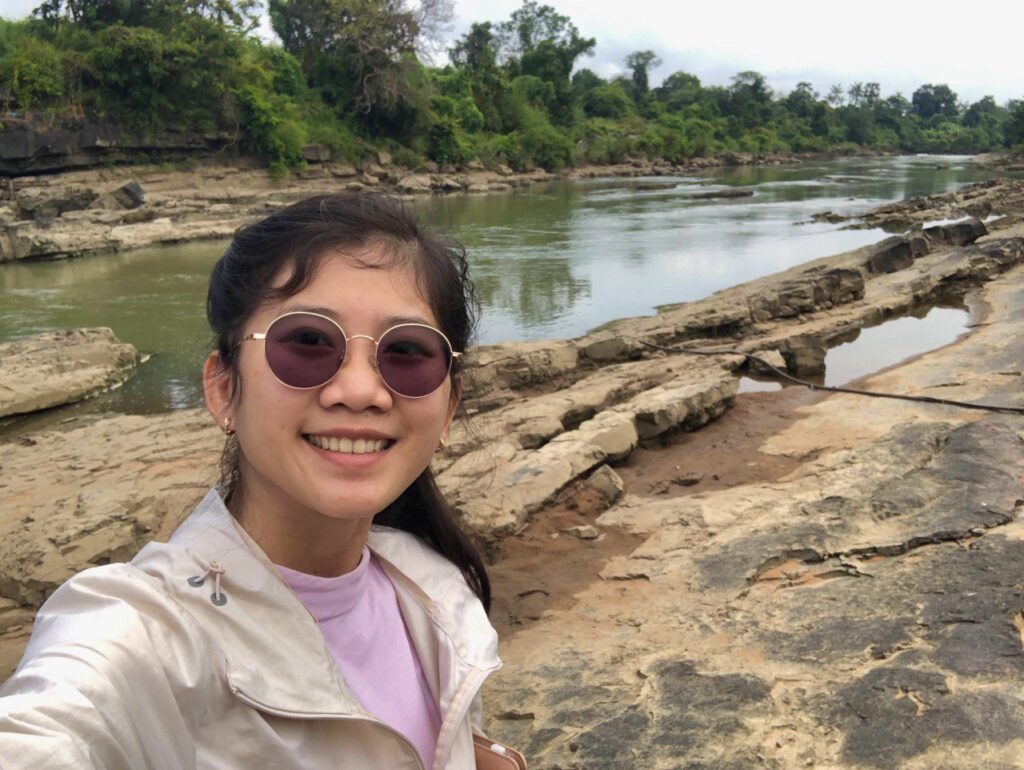
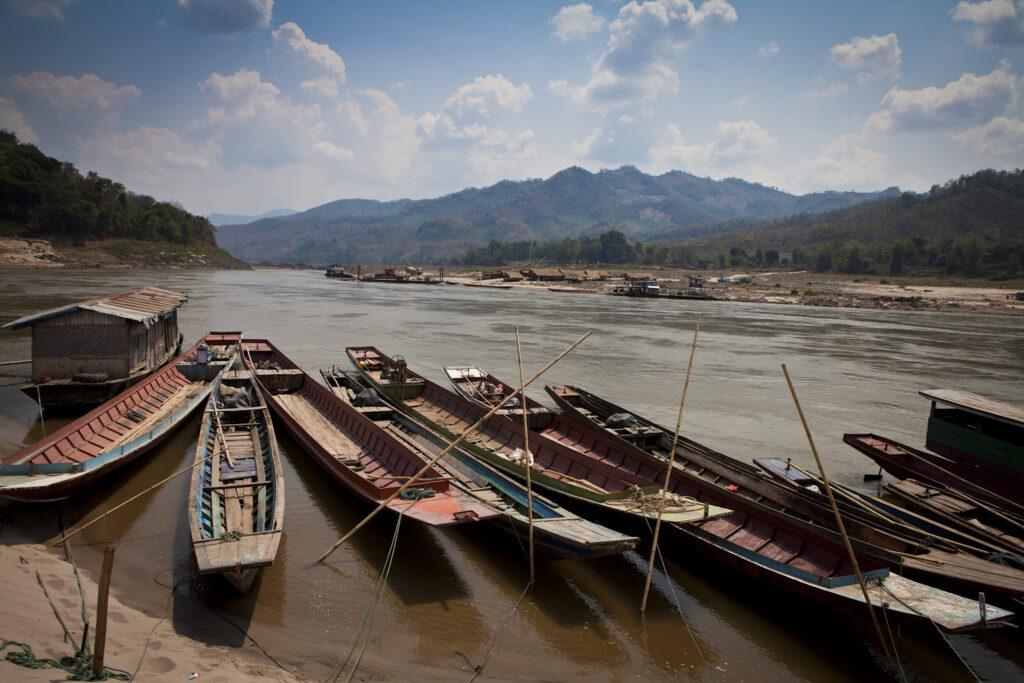
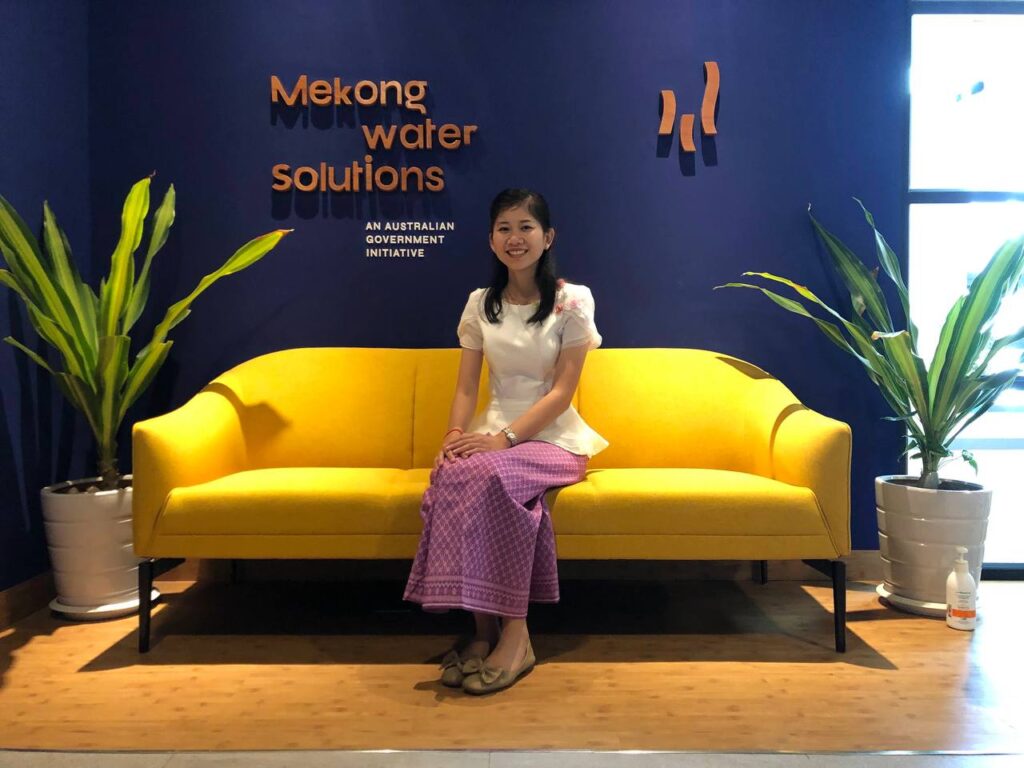
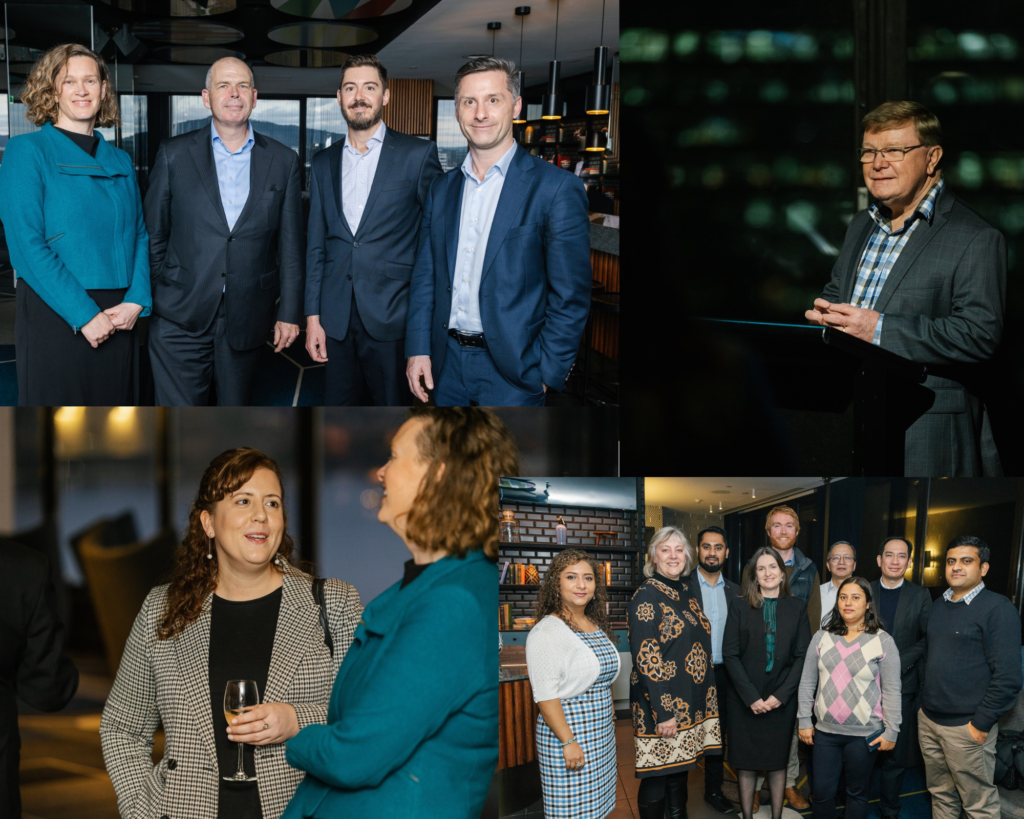
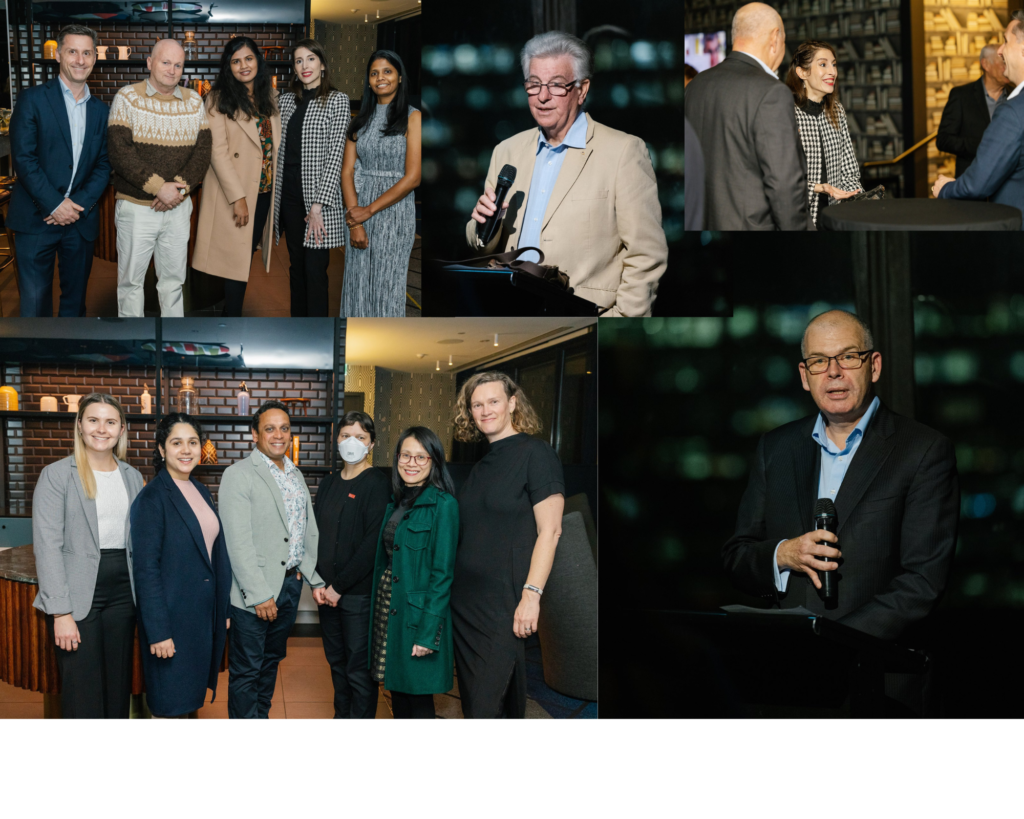


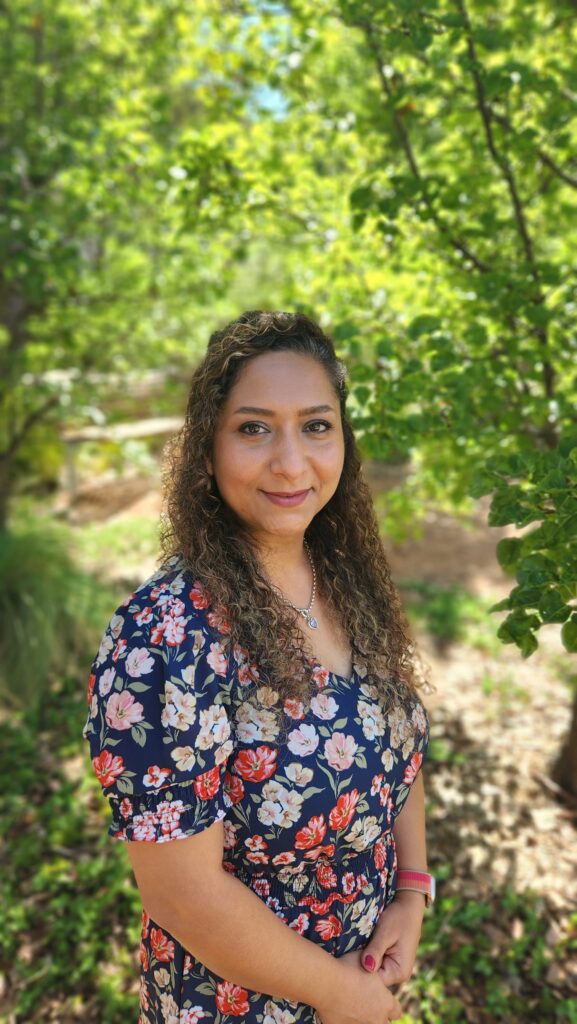


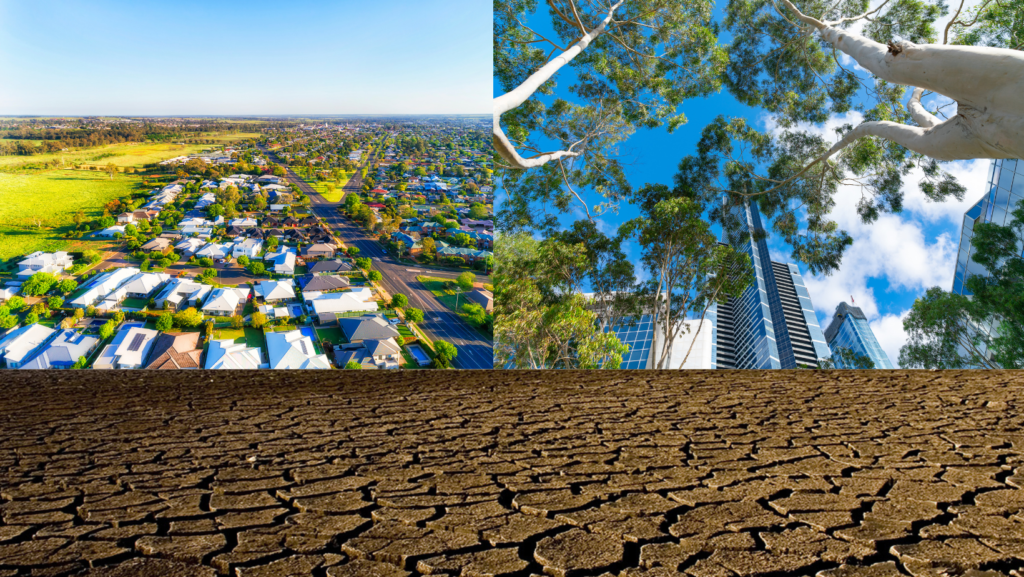
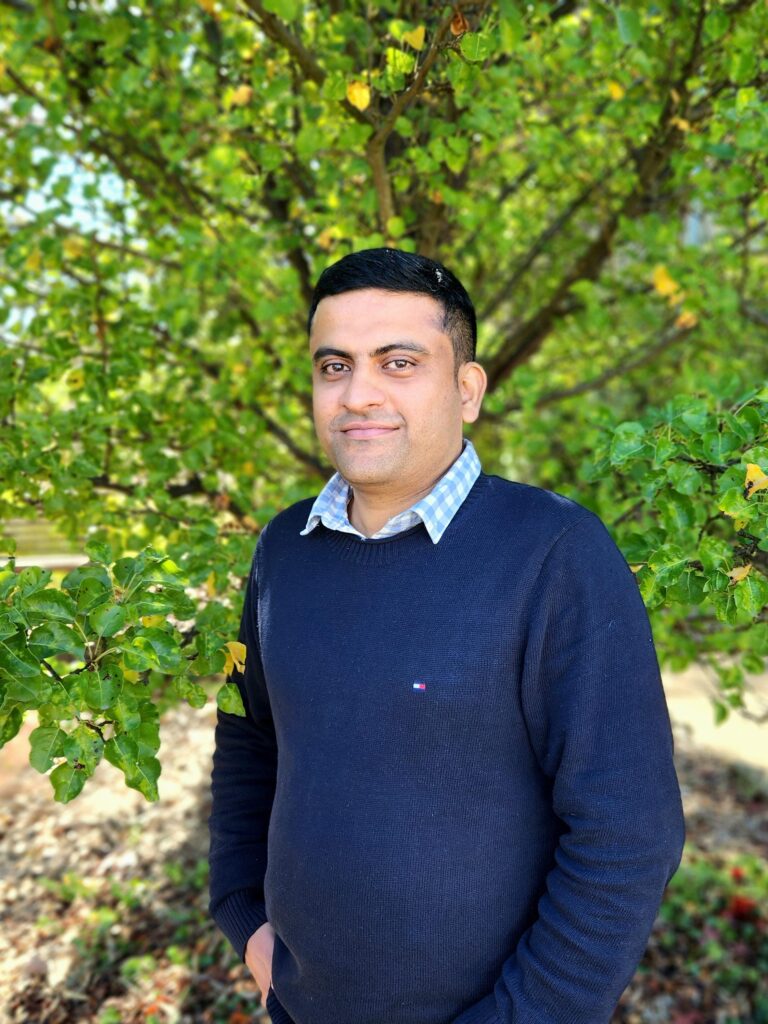
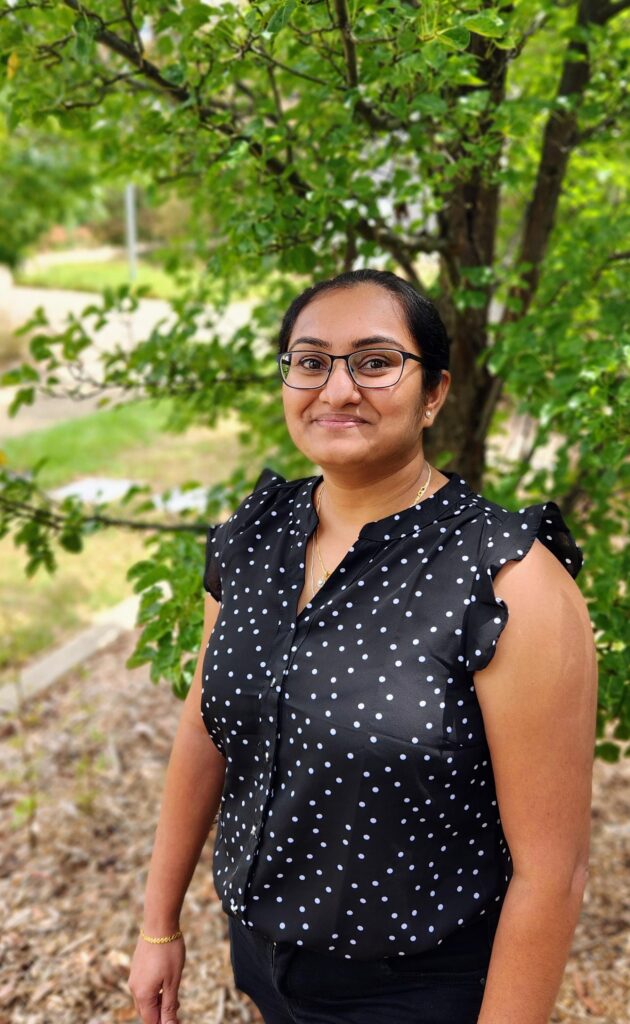
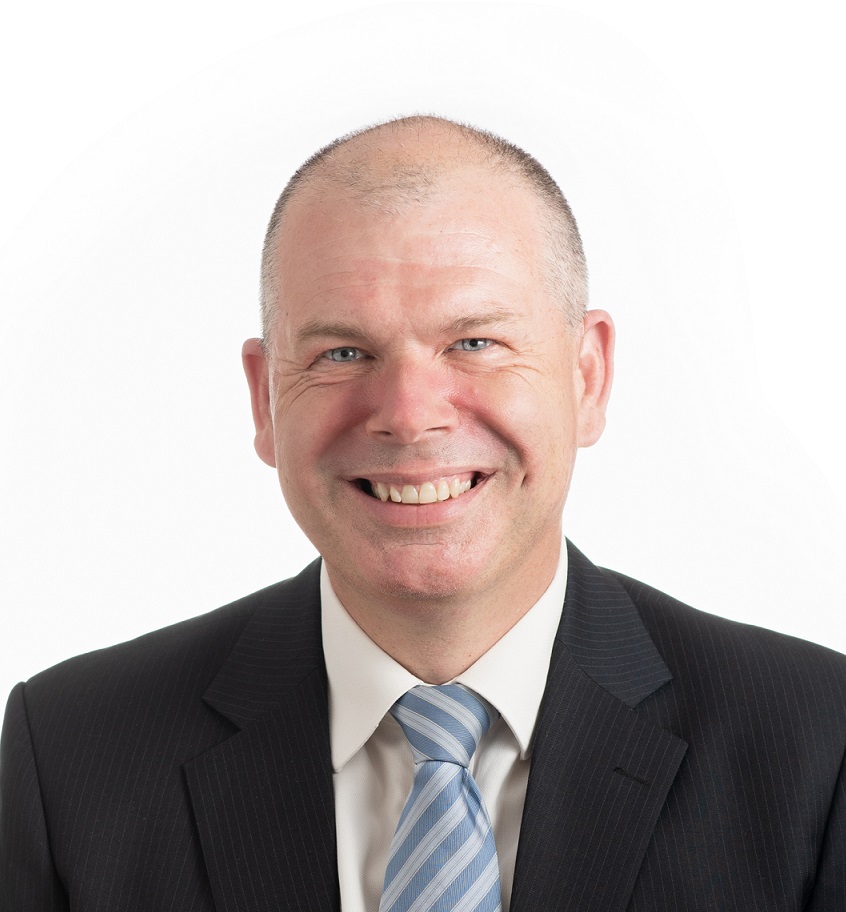



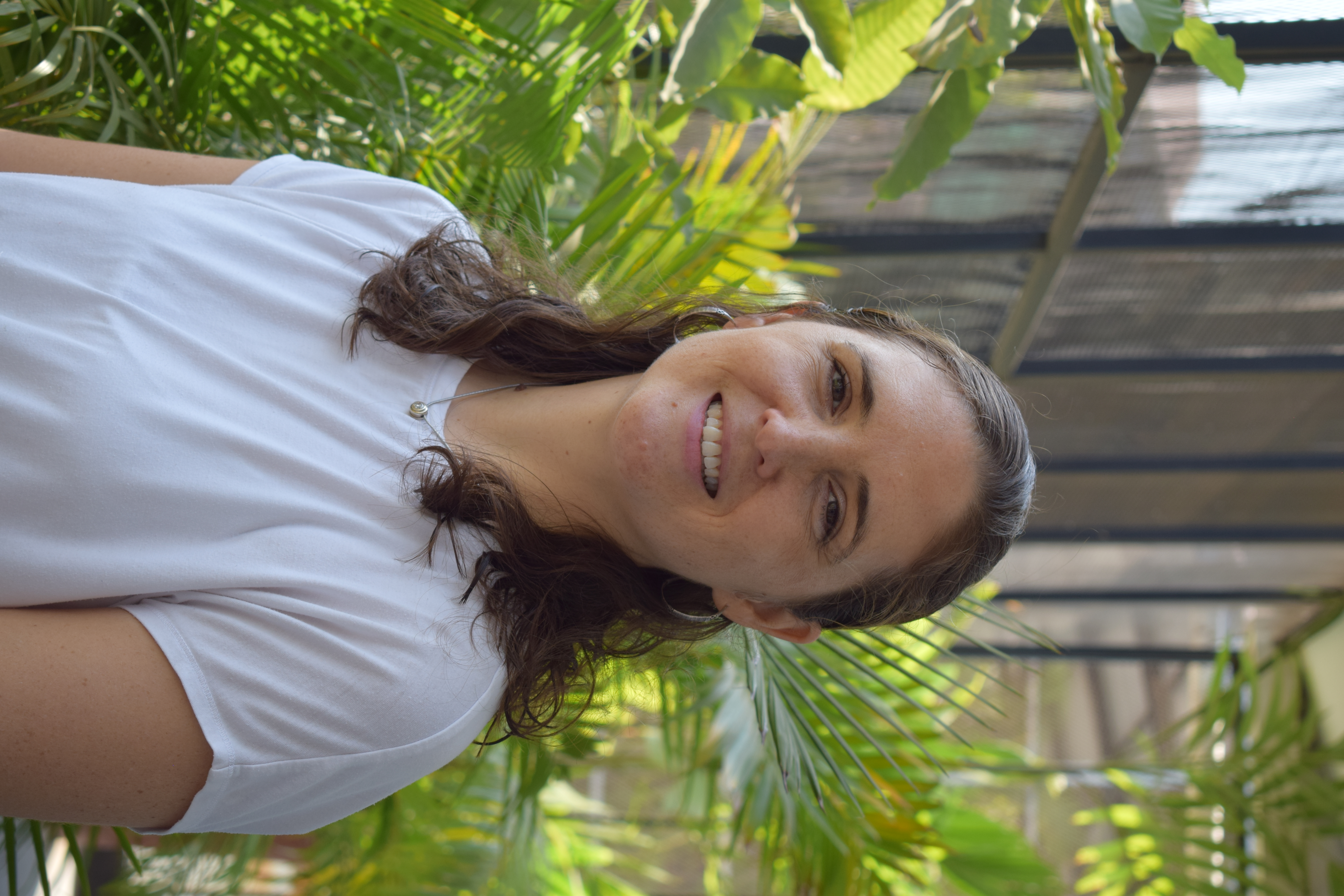
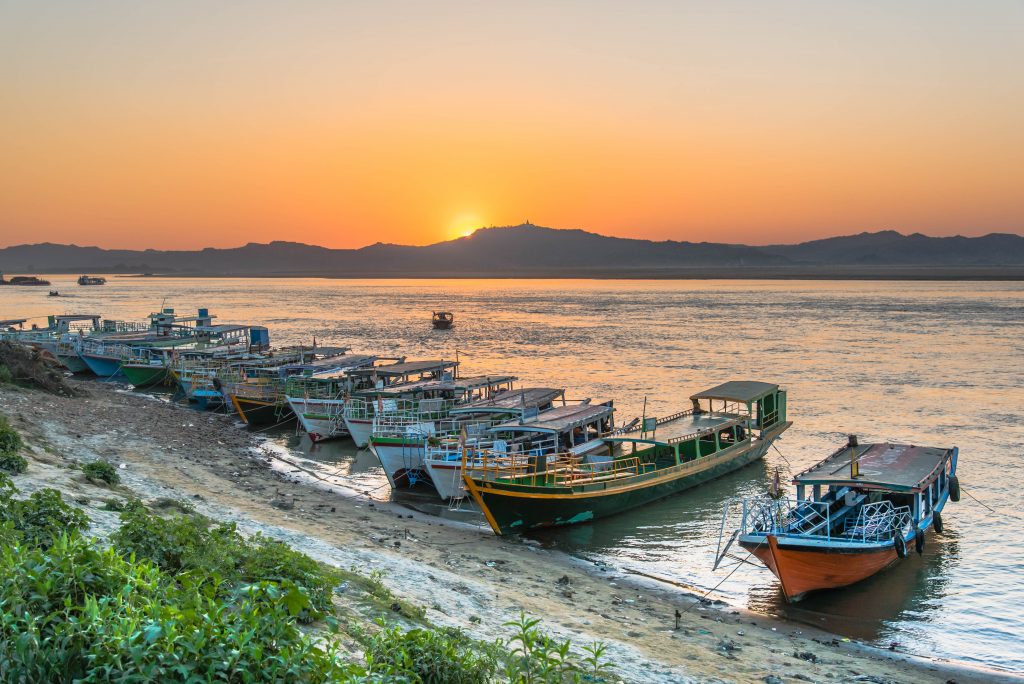



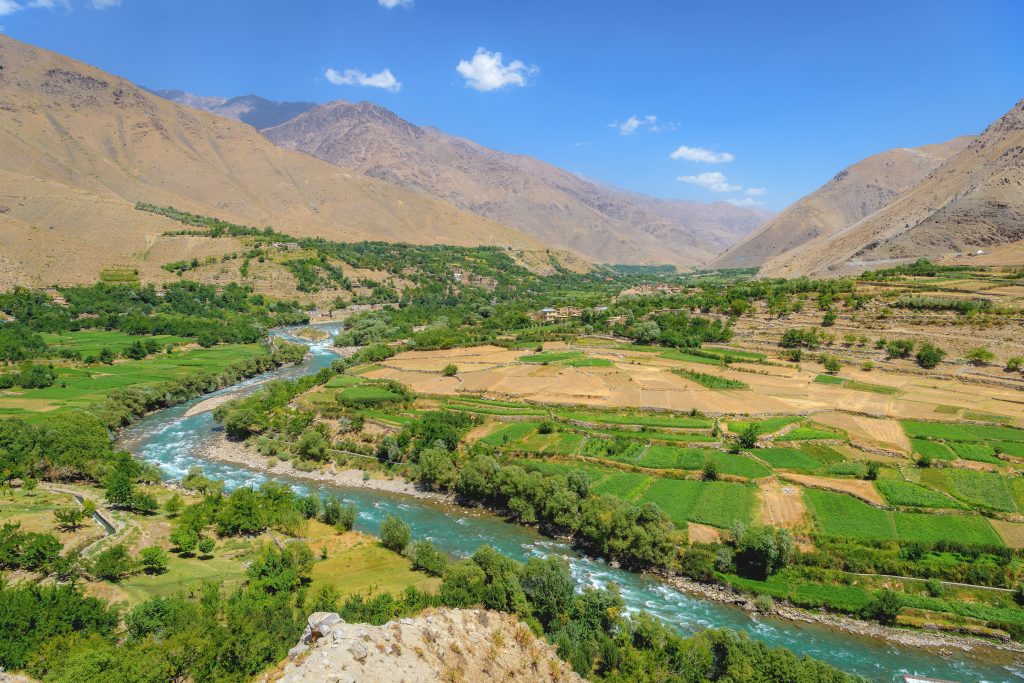


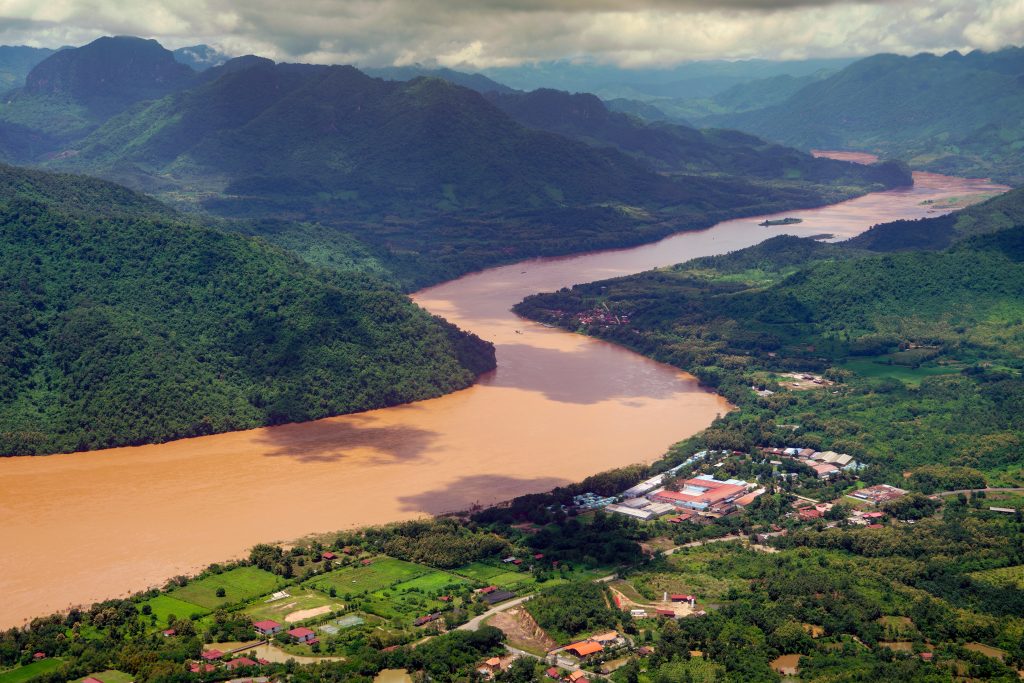


 Summary of basin characteristics.
Summary of basin characteristics. 
 Participants at a workshop to develop scenarios for the Xe Kong basin. Attendees were from NRERI, other Lao PDR government agencies, the World Bank and eWater
Participants at a workshop to develop scenarios for the Xe Kong basin. Attendees were from NRERI, other Lao PDR government agencies, the World Bank and eWater